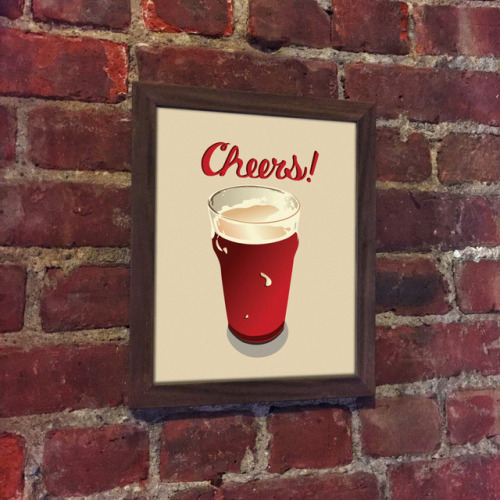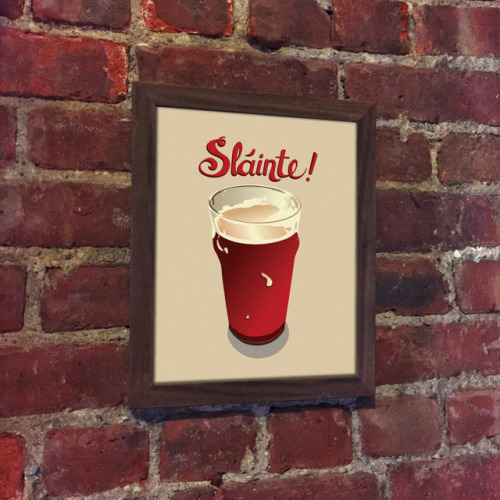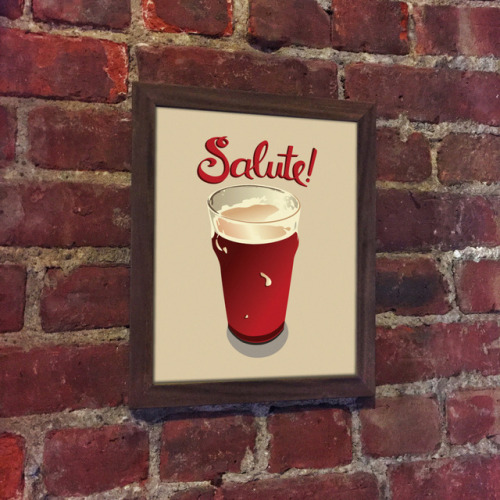#irish gaelic
In Irish Gaelic we don’t say “Santa Claus" or “Father Christmas”, we say “Daidí na Nollaig” which means “Daddy December” and I think that’s beautiful.
Submitted by @m1c-drop
In linguistics, a filler is a sound or word that is spoken in conversation by one participant to signal to others that he/she has paused to think but is not yet finished speaking. These are not to be confused with placeholder names, such as thingamajig, which refer to objects or people whose names are temporarily forgotten, irrelevant, or unknown.
- InAfrikaans,ah,em, and eh are common fillers.
- InArabic, يعني yaʿni (“I mean”) and وﷲ wallāh(i) (“by God”) are common fillers.[2][3][4]
- InAmerican Sign Language,UM can be signed with open-8 held at chin, palm in, eyebrows down (similar to FAVORITE); or bilateral symmetric bent-V, palm out, repeated axial rotation of wrist (similar to QUOTE).
- InBengali,mane (“it means”) is a common filler.
- InCatalan,eh/ə/,doncs(“so”),llavors (“therefore”), and o sigui (“it means”) are common fillers.
- InCzech,takortakže(“so”),prostě(“simply”),jako (“like”) are used as fillers. Čili (“or”) and že (“that”, a conjunction) might also be others. A person who says jakoandprostě as fillers might sound a bit simple-minded to others.[5]
- InDanish,øh is one of the most common fillers.
- InDutch,eh,ehm, and dus are some of the more common fillers.
- InEsperanto,do (“therefore”) is the most common filler.
- InFilipino,ah,eh,ay, and ano are the most common fillers.
- InFinnish,niinku(“like”),tota, and öö are the most common fillers.
- InFrench,euh /ø/ is most common; other words used as fillers include quoi(“what”),bah,ben(“well”),tu vois (“you see”), and eh bien (roughly “well”, as in “Well, I’m not sure”). Outside of France, other expressions are tu sais (“you know”),
t’sais’veux dire? (“you know what I mean?”), or allez une fois (“go one time”). Additional filler words include genre(“kind”),comme (“like”), and style (“style”; “kind”)- InGerman, a more extensive series of filler words, called modal particles, exists, which actually do give the sentence some meaning. More traditional filler words are äh/ɛː/,hm,so/zoː/,tja, and eigentlich(“actually”)
- InHebrew,eh is the most common filler. Em is also quite common.
- InHindi,matlab (“it means”) and “Mah” are fillers.
- InHungarian, common filler words include hát (well…) and asszongya (a variant of azt mondja, which means “it says here…”).
- InIcelandic, a common filler is hérna(“here”).Þúst, a contraction of þú veist (“you know”), is popular among younger speakers.
- InIndonesian (Bahasa Indonesia),anu is one of the most common fillers.
- InItalian, common fillers include “tipo” (“like”), “ecco” (“there”) and “cioè” (“actually”)
- InIrishGaelic,abair /ˈabˠəɾʲ/ (“say”), bhoil /wɛlʲ/ (“well”), and era /ˈɛɾˠə/ are common fillers, along with emm as in Hiberno-English.
- InJapanese, common fillers include eetto,ano,sono, and ee.
- InKannada,Matte for also,Enappa andreforthe matter is are the common fillers.
- InKorean,eung,eo,ge, and eum are commonly used as fillers.
- InLithuanian,nu,amandžinai (“you know”) are common fillers.
- INMalteseandMaltese English,mela (“then”), or just la, is a common filler.
- InMandarin Chinese, speakers often say 这个 zhège/zhèige (“this”) or 那个 nàge/nèige (“that”). Another common filler is 就 jìu(“just/precisely”).
- InNorwegian, common fillers are øh,altså,på en måte (“in a way”), ikke sant (literally “not true?”, “no kidding”, or “exactly”), vel (“well”), and liksom (“like”). In Bergen, sant (“true”) is often used instead of ikke sant. In the Trøndelag region, skjø’ (“see?” or “understand?”) is also a common filler.
- InPersian,bebin (“you see”), چیز “chiz” (“thing”), and مثلا masalan (“for instance”) are commonly-used filler words. As well as in Arabic and Urdu, يعني yaʿni (“I mean”) is also used in Persian. Also, eh is a common filler in Persian.
- InPortuguese,tipo (“like”) is the most common filler.
- InRomanian,deci /detʃʲ/ (“therefore”) is common, especially in school, and ă /ə/ is also very common (can be lengthened according to the pause in speech, rendered in writing as ăăă), whereas păi /pəj/ is widely used by almost anyone.
- InRussian, fillers are called слова-паразиты (“vermin words”); the most common are Э-э(“eh”),это(“this”),того(“that”),ну(“well”),значит (“it means”), так(“so”),как его (“what’s it [called]”), типа (“like”), and как бы (“[just] like”).
- InSerbian,znači (“means”) and ovaj (“this”) are common fillers.
- InSlovak,oné(“that”),tento(“this”),proste (“simply”), or akože are used as fillers. The Hungarian izé(orizí in its Slovak pronunciation) can also be heard, especially in parts of the country with a large Hungarian population. Ta is a filler typical of Eastern Slovak and one of the most parodied features.
- InSlovene,pač (“but”, although it has lost that meaning in colloquial, and it is used as a means of explanation), a ne? (“right?”), and no (“well”) are some of the fillers common in central Slovenia, including Ljubljana.
- InSpanish, fillers are called muletillas. Some of the most common in American Spanisharee/e/,este (“this”), and o sea (roughly means “I mean”).[6], in Spain the previous fillers are also used, but ¿Vale? (“right?”) and ¿no? are very common too.
- InSwedish, fillers are called utfyllningsord; some of the most common are öhm,ja(“yes”),ba (comes from “bara”, which means “just”), assåoralltså (“therefore”, “thus”), va (comes from “vad”, which means “what”), and liksomandtyp (both similar to the English “like”).
- InUkrainian,ой /ɔj/ is a common filler.
- InUrdu,yani(“meaning…”),falan falan (“this and that”; “blah blah”), umm, and aaa are also common fillers.
- InTelugu,ikkada entante (“Whats here is…”) and tarwatha (“then…”) are common and there are numerous like this.
- InTamil,paatheenga-na (“if you see…”) and apparam (“then…”) are common.
- InTurkish,yani(“meaning…”),şey (“thing”), “işte” (“that is”), and falan (“as such”, “so on”) are common fillers.
- InWelsh,deorynde is used as a filler (loosely the equivalent of “You know?” or “Isn’t it?”). Ym…andY… are used similarly to the English “um…”.
Remember that this stuff is really important for fluency of speech. I’ve encountered a bad attitude among language teachers before: “we don’t teach filler words, because that’s not “normative” vocabulary, and it encourages students to sound unsure.” But that’s so, so wrong.
All people use filler words in conversation and even in formal settings. It’s a way to keep the flow of speech when the train of thought pauses; it holds the audience’s attention and actually helps maintain clarity of thought. What’s more, these words are instrumental for language learners, who need to pause more often in their speech than native speakers. Allowing them to pause without breaking into their language (saying a filler word in their language) or completely breaking the flow of their speech allows them to gain fluency faster.
My high school Japanese teacher did it right: “etto” and “anou” were in the second lesson. Teach filler words, people!! And if you’re studying a language and don’t know them, look at this list!! It has a lot!
Could add these to the Icelandic list:
sko
þarna
ee
uu
skilur(ð)u
tja
I’d translate слова-паразиты as “parasite words” not “vermin” words.
Also, Bulgarian: znachi(”it means” or “so”), ami, and aaa
“Caoineadh Na Mara (Lament of the Sea)” & “Amen”
byMary McLaughlin & Phil Coulter
This probably ranks among the most beautiful songs I know. The two parts are very different, dark then full of light, Irish (Gaelic) and Latin, but they fit perfectly together. It’s amazing.




